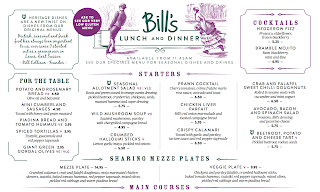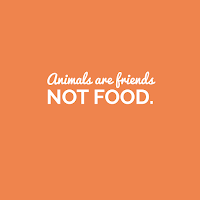Idea One
The first design would be simple, clean and consistent so it is easy for all ages to use. It would consist of just a screen of the bill. The customer would be able to select each item they had, it would highlight them on to a little pop up so the user can see what was selected with a total of the items in the corner and the price and a done button so you could proceed to the next part which would be the payment. The user could then select which method they would prefer to pay in "request card machine" "apple pay" "cash" "contactless" would be the options to select from then the items this user has selected would come off of the total due and then it would be passed to the next person to do the same process.
Idea Two
This interface consists of showing each individual person on the table as a square and filling their box with what they have ordered so that the waitress knows and they remember because an identified issue at a restaurant was that sometimes people confuse orders or place the order then say this is not what I asked for. This way there is no confusion. The section will also have a red, orange or green dot to signify which area you are in for the bill. Example: Red means you have spent more, amber is you have spend a middle amount and green means you haven't spent as much. This idea was given in a crit because sometimes people will not split the bill equally between everyone if they have not ordered much food. If everyone is in the amber colour then they could just have the bill split equally because they've spent the same amount of money. This would have the same features as interface design one because it needs a highlighted option for each person to select themselves on the chart and then process to pay.
Questions & highlighted pieces of feedback the design will consider.
1.What are problems you encounter when at a restaurant?
-Waiting, poor food, splitting the bill.
-The struggle to get a waiters attention to ask or order anything
-Knowing how much food to order > if it's sharing plates
-Not everyone has cash, how would paying on card solve a difference.
-Getting served can take too long.
-In a group - the payment method is always time consuming and stressful.
-Finding food what fits being vegetarian/vegan + splitting the bill/shown.
-Time between ordering, drinks either take too long or too short.
-Splitting cash payments.
-Waiting for everyone to decide so that the waiter comes over.
-Wrong food, trying to get served, waiting to order more drinks.
2.What would make the experience at the restaurant better for you?
-Maybe being able to order using a tablet? Less waiting time.
-Having something that tells me what drinks pair well with what I want to eat
-A light system or other interface that allows you to alert waitress you need their service without constantly having to look around.
-Being able to pay yourself.
-Keep a clear system of who's ordered which food - colour system for idea 2 works.
-System that makes splitting bill a lot easier to waitress a way of notifying staff ready to order.
-Asking for the bill.
-More flexibility at interacting with host.
-Theres a restaurant called Dirty Bottles look at their website under the topic of 'sell service tasting wall.' Here you can service individually make your order and pay all on the same device. It is very simple, no need to wait around for the waitress!
-Way to attract the waiters attention?
3.If you are/were a waiter/waitress what would you think are the problems with customers at restaurants and the food ordering process?
-Being busy and not seeing the consumer straight away.
-Time consuming when ordering
-I've had the experience of customers and table numbers (them not knowing what number table they are makes the process of ordering/finding table in a busy location)
-Overall, idea 2 adds something more to your overall idea. There is more to this which makes it stronger.
-Complaining just to get free food, ignoring not knowing when someone wants to order.
-Customers are rude.
4.Which idea do you prefer and why?
-1 - because it's simpler
- I would definitely use it! Maybe think about if two families went out and how they would divide it as families?
-Idea 1 is the idea I think would benefit more people (whack restaurants already have something similar, however when I tried to use it I had problems logging in and connecting to the internet.)
-Idea 2 I like the colour schemes.
-Idea 2, the system helps to tackle confusion with the bills which is what I find to be the biggest issue.
-Idea 1, it's simple and clear.
-Idea 2, it combines everything and all struggles in a restaurant but still allows calling host.
- 2, would reduce food complains due to orders getting mixed up.
5.Any other feedback?
-Really innovative app idea, wireframes look great!
-You could add how long a meal can take to cook so people in a rush can know.
-When the waitress/waiter is taking an order there could be a place system on the table so they can select who ordered which meal in a separate system.
-Both ideas well thought out and consider experience of customer and staff consider experience of customer and staff.
-Just for ease of use and communication maybe the person bills don't align text centrally because you have to keep moving your eyes to different levels to see. If you put product to left alignment, price to right.
The colouring system might cause arguments as people will be angry they're paid more even if they've eaten more.
6.The site map on screen combines the two ideas, what is your opinion on this?
-It looks easy to navigate and it would work well.
-This could be more suitable if developed further.
-It definitely works better showing an overall bill with the second idea.
-Works really well.
-Not as many features are needed limit to 3/4.
Overall, everyone said that they want a faster and less time consuming experience.


















































